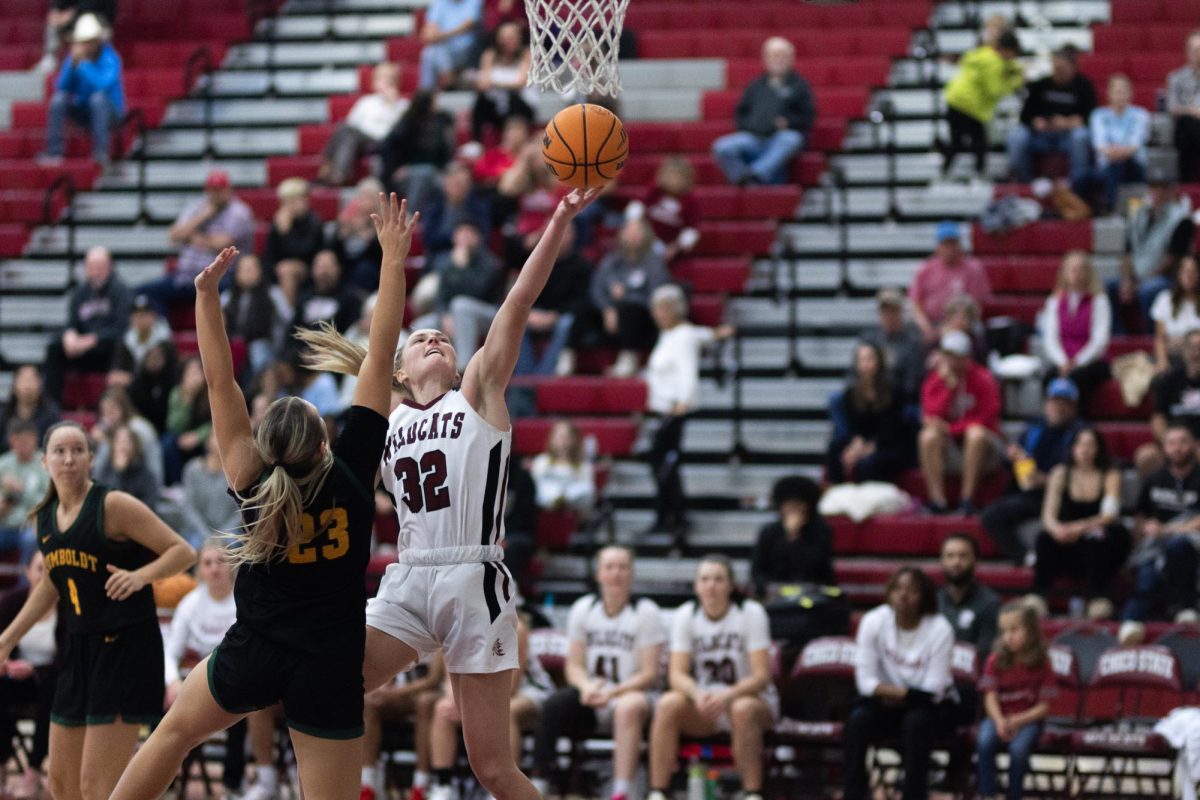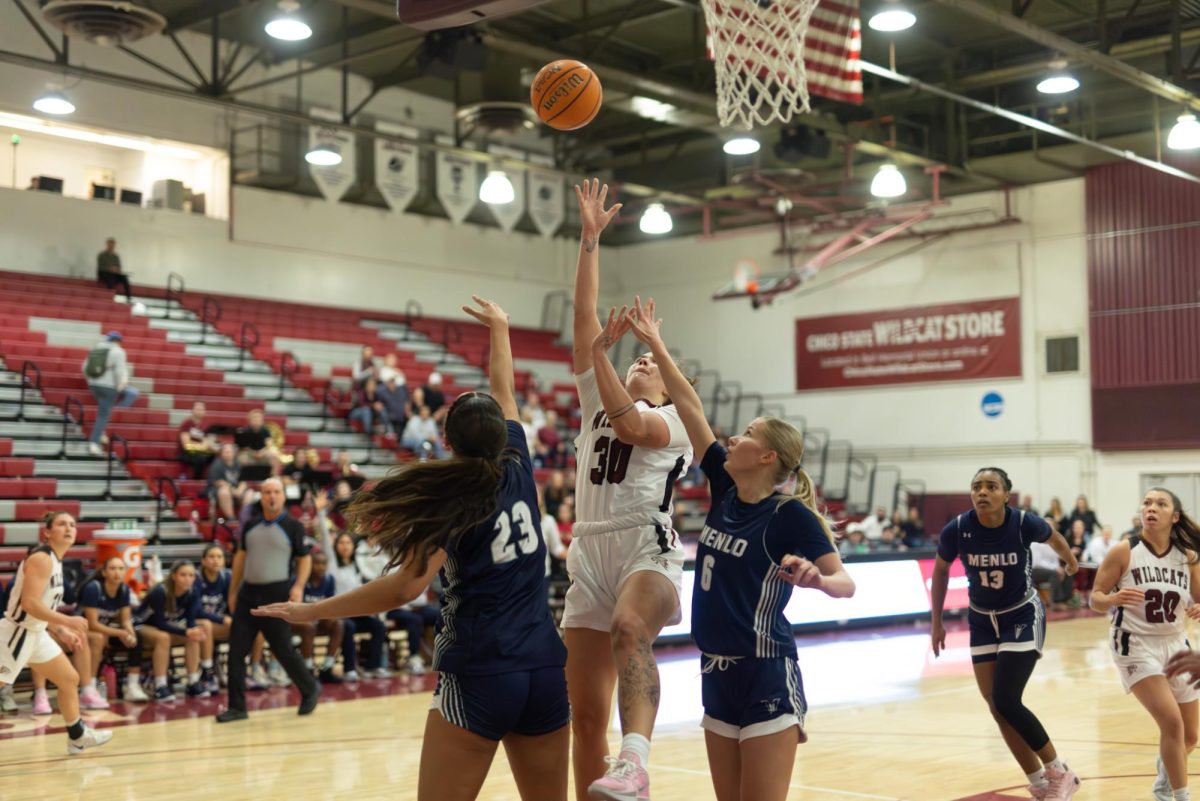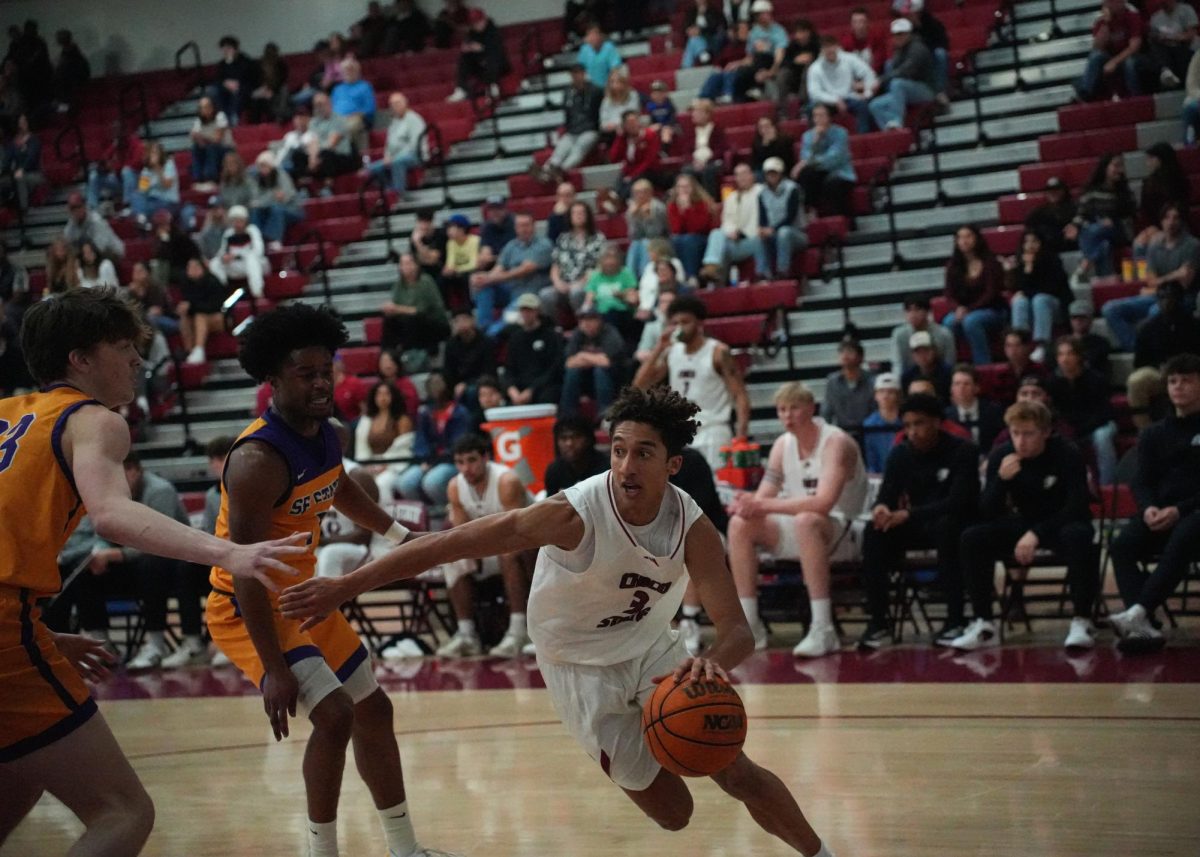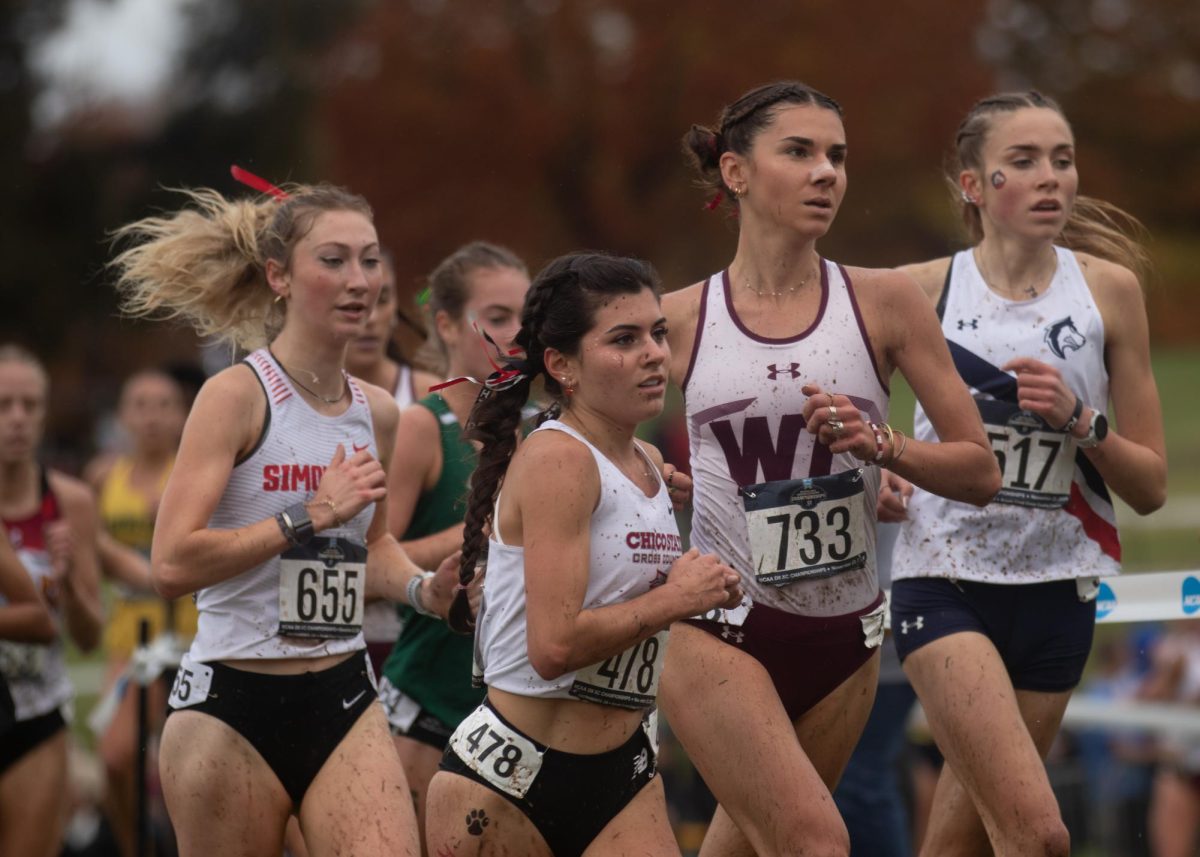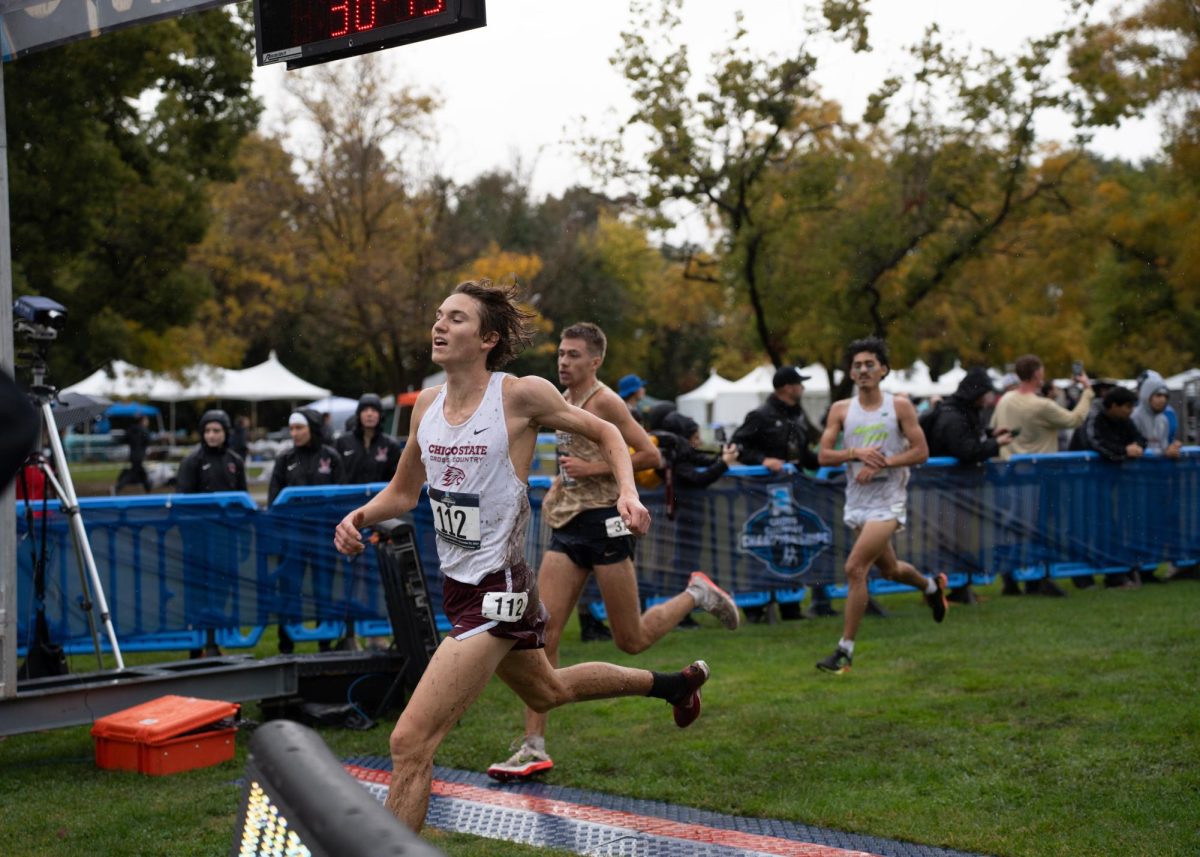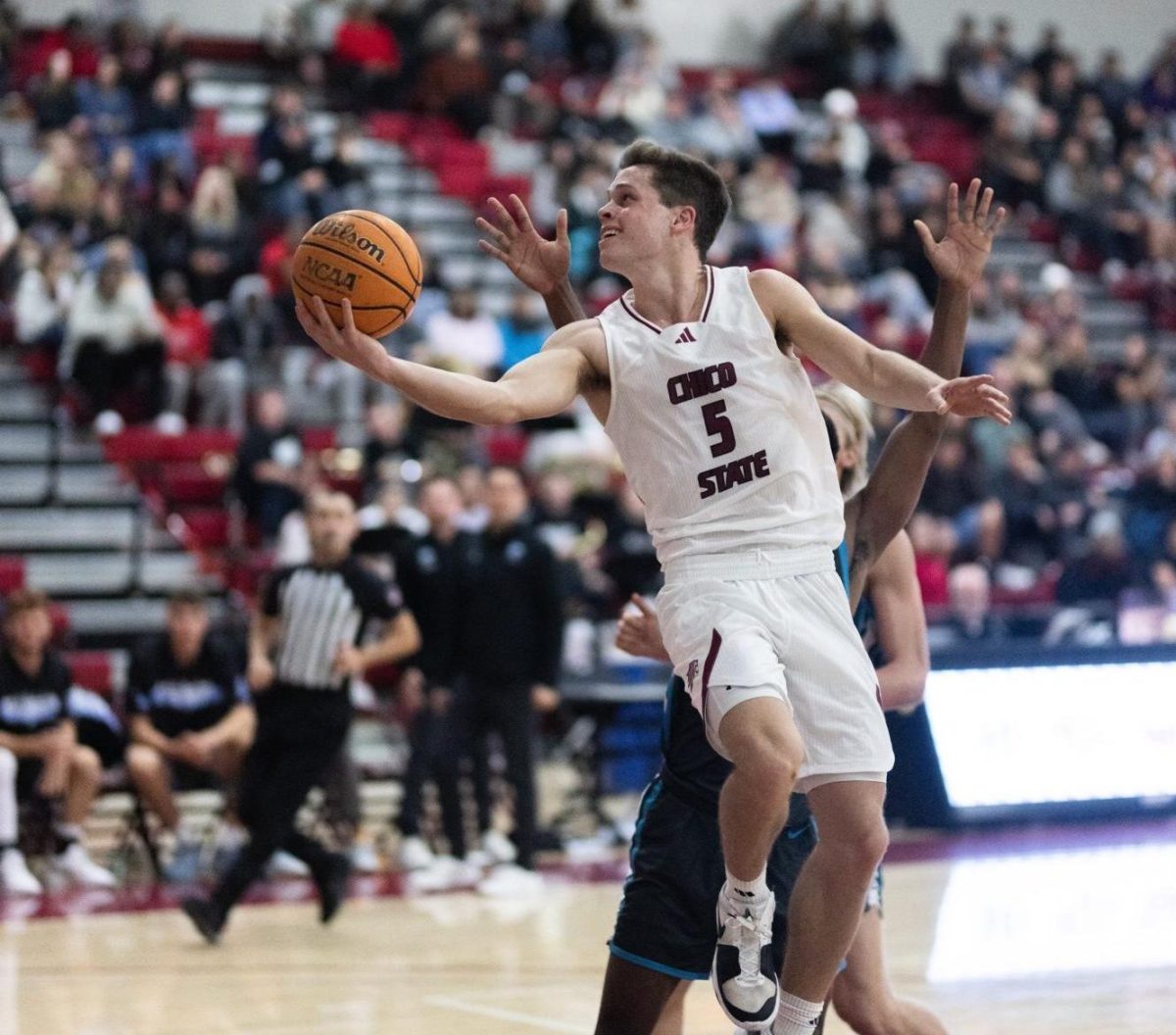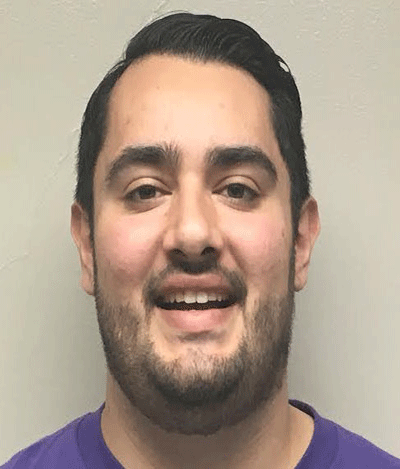
According to a report by USA Today, the National Collegiate Athletic Association raked in $989 million during the 2014 fiscal year, just barely missing the billion dollar mark.
How much of that money went to the athletes who put their time, sweat, effort and life into such programs? Not nearly enough.
Picture this— it’s a cool November night in Tuscaloosa, AL at Bryant-Denny Stadium where the University of Alabama Crimson Tide football team plays. Head coach, Nick Saban, calls over one of his players to ask him what happened on the previous play. In that conversation, there is a $7 million difference in income between the two.
Those against paying college athletes say that they’re getting paid in scholarships for an education. How much is an education worth if they don’t even finish school?
The University of Kentucky has been a factory for “one and done” basketball players who play only one year of college basketball before declaring to enter the NBA draft. NBA stars Anthony Davis, John Wall and Michael Kidd-Gilchrist only attended their freshman year at Kentucky before making the leap to the NBA. It is pointless for these “student-athletes” to risk their careers and injuries just to enter the big leagues after a single year of school.
All fingers point to one man when it comes to why college athletes don’t get paid: Walter Byers. He invented the term “student-athlete” while he was the executive director of the NCAA in 1964. “Student-athlete” meant that the individual was a student first and an athlete second. His or her job was to go to school and get compensated in scholarships. Ever since, students have tried to fight for their right to some sort of compensation.
Even though I am all for paying college athletes, it’s not that simple. If the NCAA started paying players, other problems might arise.
First is the difference in revenue for each sport. Alabama football totaled almost $53.3 million in profit this past fall from football alone. Kentucky basketball earned almost $24 million during its season this past spring. That’s a difference of $29.3 million.
Alabama golf? Negative $1.12 million in profit. Kentucky swimming and diving? $2.17 million in profit.
If all athletes were to get paid the same salary, those in the more popular sports could feel cheated because their sport is making more of a profit. If you divide it up based on profit, the sports that don’t make as much have the possibility of feeling cheated as well.
There’s also the disparity between male sports and female sports. Men’s sports make significantly more money due to its popularity. College football, March Madness and the College World Series are slotted during prime-time TV. Should the males be paid more because their spots are more popular? That will bring up even more problems.
But what about the Chico State Wildcats? The school doesn’t have any lucrative million-dollar TV deals to pay its players. Would only Division I schools be paid and leave schools like Chico State left out?
The movement to pay college players is only getting stronger and stronger. The NCAA might want to start planning now, because they have a lot of questions to answer as soon as the checks start cashing out.
Nick Martinez-Esquibel can be reached at [email protected] or @THENickMartinez on Twitter.




